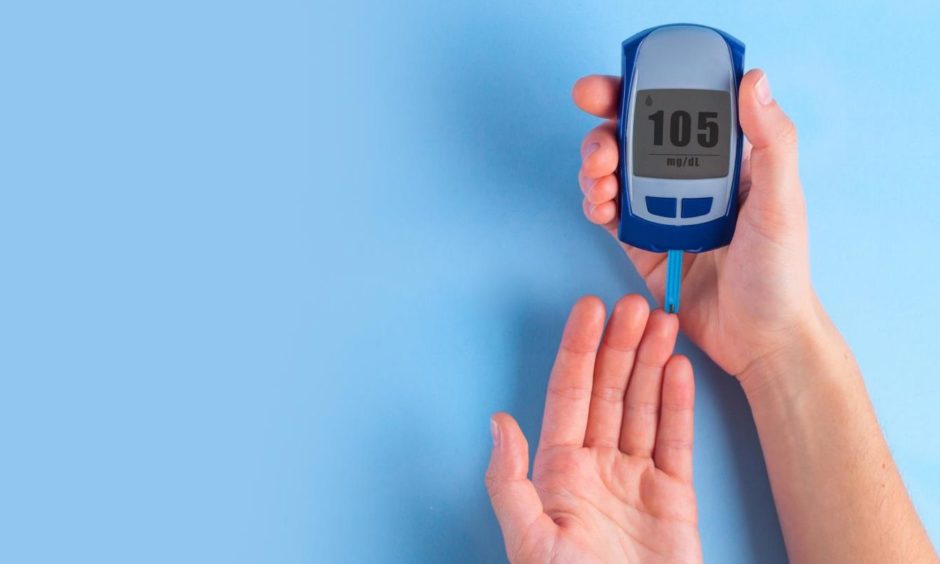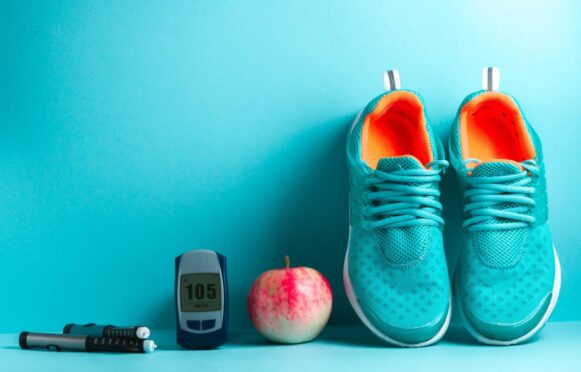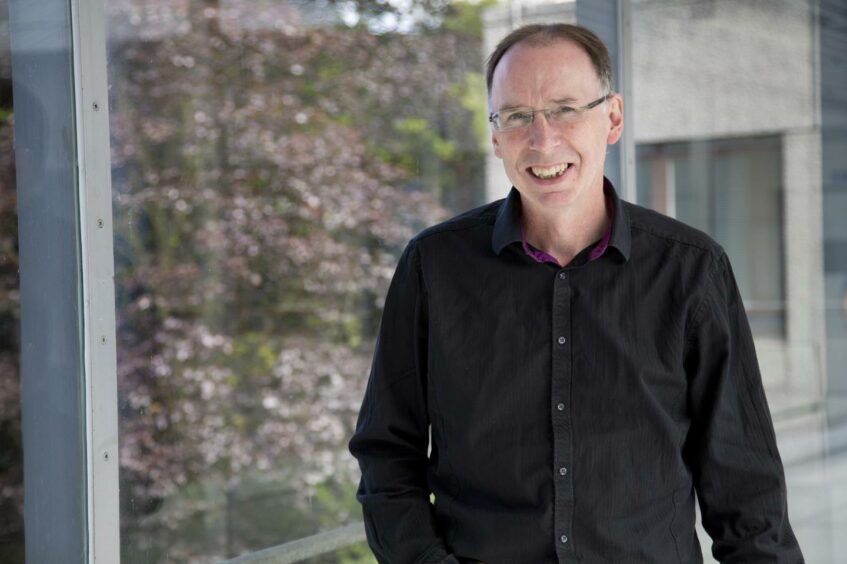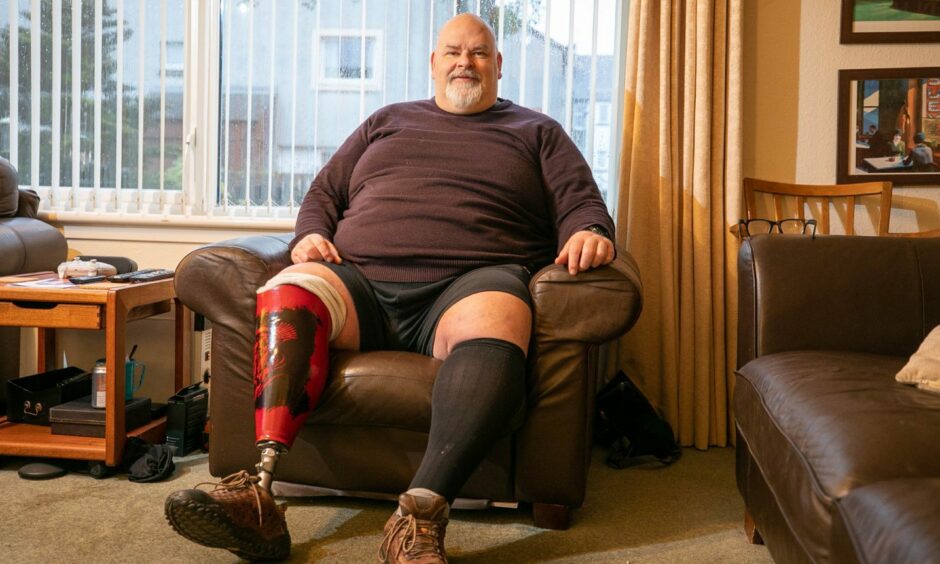Adopting new attitudes to diet and exercise to tackle diabetes should be our resolution for 2022, says a Dundee professor.
Professor Calum Sutherland is an expert in type 2 diabetes at the University of Dundee’s School of Medicine.
He is urging people to use the new year to make healthier lifestyle choices ahead of an event in January which talks about preventing the disease.
Based within the University’s School of Medicine, Prof Sutherland’s laboratory is at the forefront of diabetes research.
It has contributed to the understanding of how insulin works to keep sugar and fat from damaging the organs in the body.
Diabetes Scotland estimates 500,000 people in Scotland are at high risk of developing type 2 diabetes.

More than 4.7 million people in the UK live with diabetes, with figures having trebled since 1996.
“Receiving a diabetes, or even pre-diabetes diagnosis is understandably frightening news,” Professor Sutherland says.
“The good news is we now know type 2 diabetes does not need to be a lifetime condition.
What changes can I make?
Encouraging results from a Scottish trial show weight loss of 15 kg or more can result in remission for those recently diagnosed.
Professor Sutherland explains simple changes in lifestyle can make a big difference.
These include moderate exercise and a healthier diet that lead to weight loss.
“It can help improve glucose control resulting in remission from type 2 diabetes.
“As many people adopt resolutions for the start of 2022, what better reason to live more healthily than to fend off dangers posed by diabetes.”
How do the two types of diabetes differ?
Type 1 diabetes affects more than 31,000 Scots and is caused by the body attacking the pancreas, which produces the insulin required to prevent blood sugar levels reaching dangerous levels.
Type 2 diabetes is more prevalent and can be affected by lifestyle habits, with the body not responding properly to insulin due to extra weight, and so being unable to regulate blood sugar levels.
Complications arising from diabetes can include life threatening heart and kidney disease, and it is also the biggest cause of blindness and amputation in the UK.
Free event
Organised by Diabetes Scotland and hosted by the University, How Do We Win The Fight To Prevent Diabetes?, is a free, online seminar, taking place on Wednesday January 12 from 6 to 8pm.
The event will uncover why decades of diabetes research have not yet reduced the number of people with the condition. And it will look at how scientific breakthroughs made in Scotland are helping patients in their daily lives.



